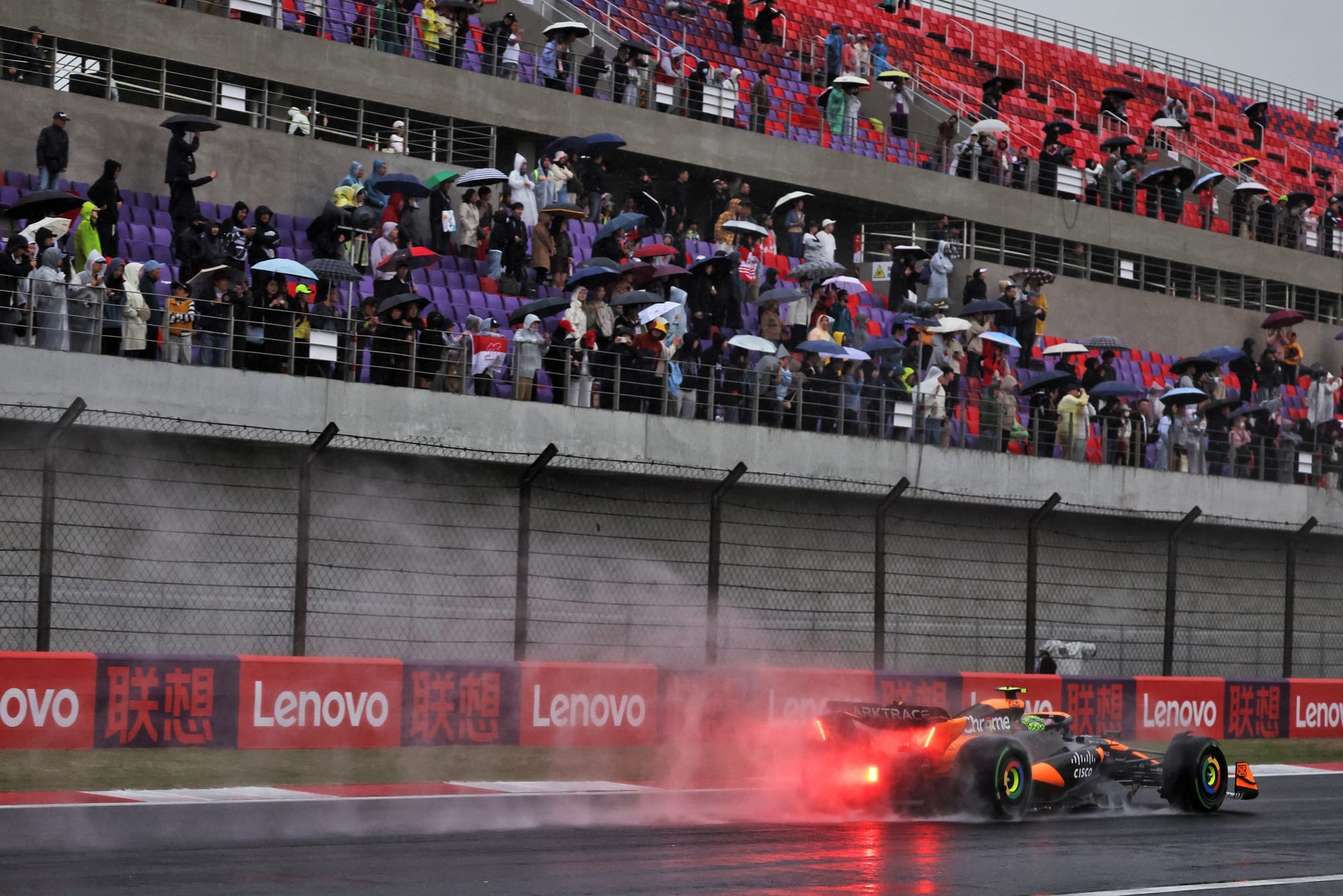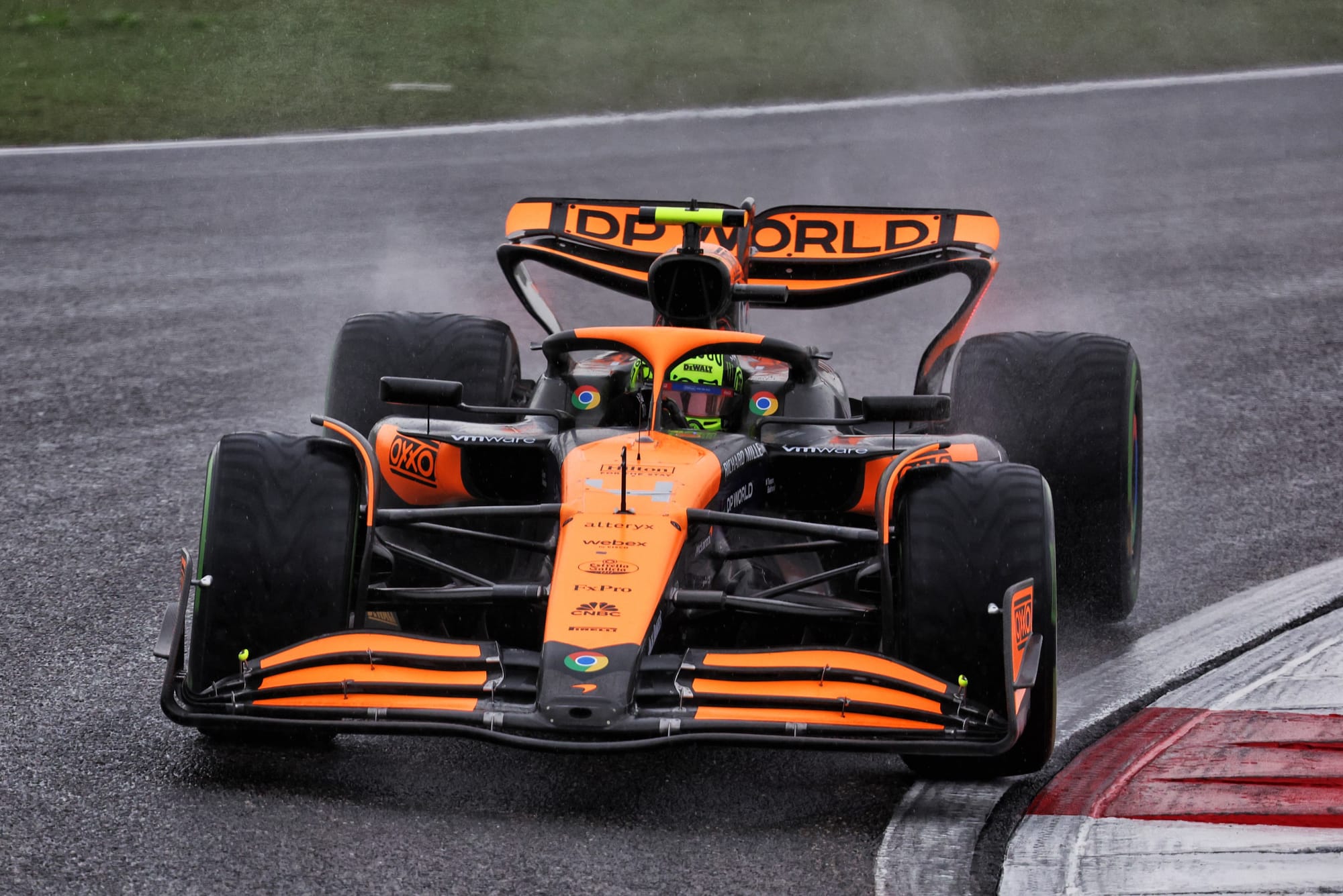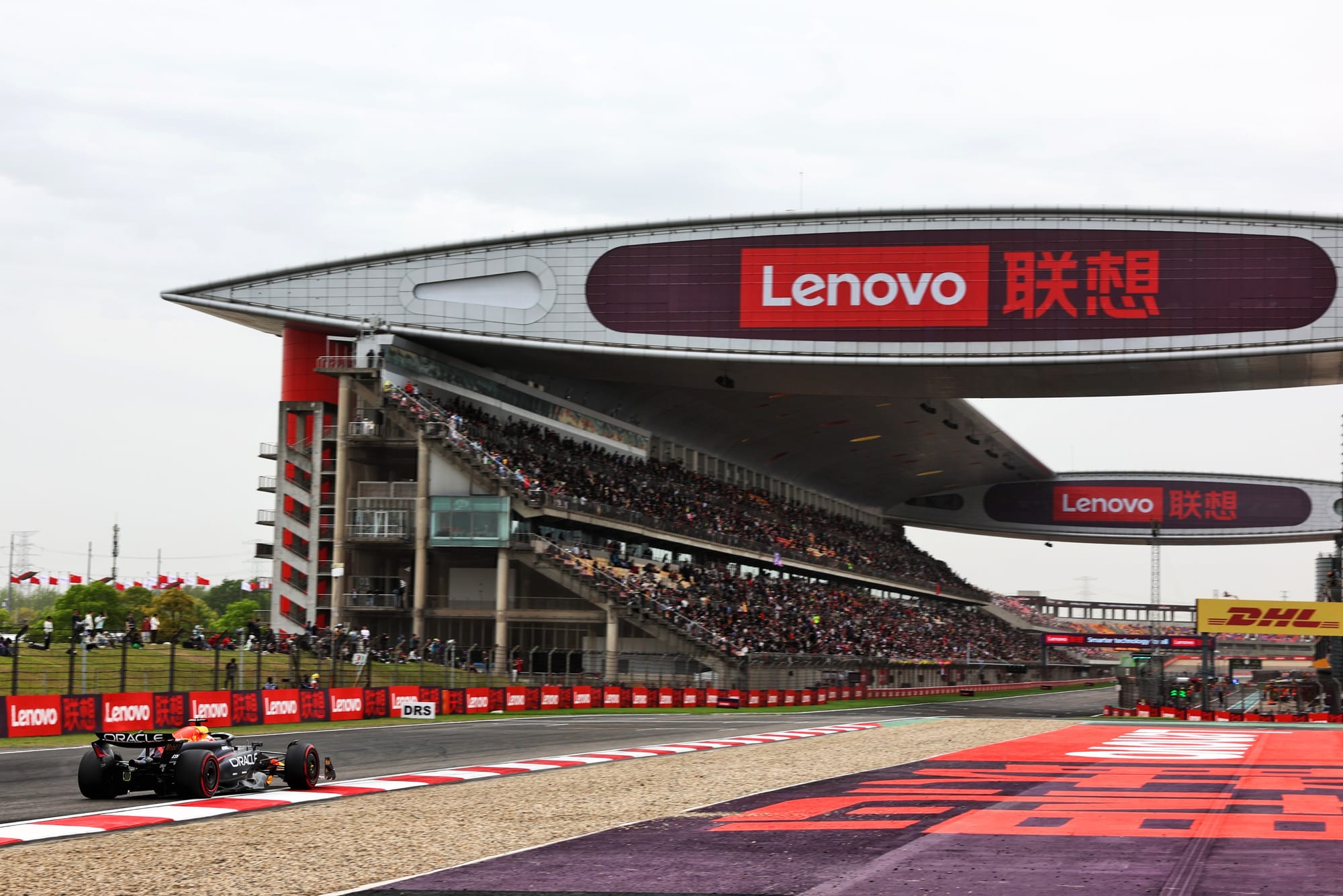Up Next

Lando Norris had his best lap reinstated in qualifying for Formula 1’s sprint race at the Chinese Grand Prix because he did not gain an advantage with the track limits offence that got it deleted in the first place.
Norris looked on course to claim provisional pole for the Shanghai sprint on what would be his penultimate lap of a frantic wet final part of qualifying on Friday.
But he slid off the road into the gravel, with all four wheels going beyond the white line even though the left-hand side stayed in contact with the kerb.
That meant his lap got deleted and a race control message then declared Norris’s next lap – which was good enough for pole position – would not count either.

This is often the case at tracks where an advantage can be gained by going off-track at the end of one lap before starting the next, by carrying extra speed.
Shortly after the Norris lap was deleted, though, it was reinstated, denying Mercedes driver Lewis Hamilton pole in the sprint.
Reinstating the lap, which Norris started slower than his previous best as his trip through the gravel cost him momentum rather than helped him, prompted a divided reaction after the session.
The FIA sporting regulations governing track limits do not actually mandate deleting laptimes for such offences in qualifying. This is instead outlined in the race director’s event notes for each grand prix.

And because of this it is not automatically the case that the next lap gets deleted if a driver exceeds track limits at the final corner.
This provision to always delete such laps is only added at specific circuits where the chance of gaining advantage from a prep-lap track limits breach is considered much greater.
The only race to have this particular race director note so far this year is Bahrain, where there is a large run-off area exiting the final corner onto the start-finish straight.
It does not feature in the event notes for the Chinese GP, as the Shanghai circuit now has a gravel trap beyond the kerb at the final corner.

So, while going off-track there still results in the lap that included the offence itself being deleted, the FIA did not deem it necessary to specify automatically deleting the next lap as well.
The implication is that Norris had his next lap deleted as well almost by default because that is what usually happens in these circumstances - and this was realised to be a mistake.
Max Verstappen, by comparison, went off in the same place as Norris and had the lap with the mistake deleted, but not his next one.
As a result, Norris’s lap was reinstated almost instantly.
Interestingly, were he deemed to have gained an advantage, it’s possible the lap would have stayed deleted.
Even if the follow-up laps are not meant to be cancelled automatically, they still can be if an advantage is subsequently deemed to have been gained by exceeding track limits in preparation – but that was not the case with Norris.



